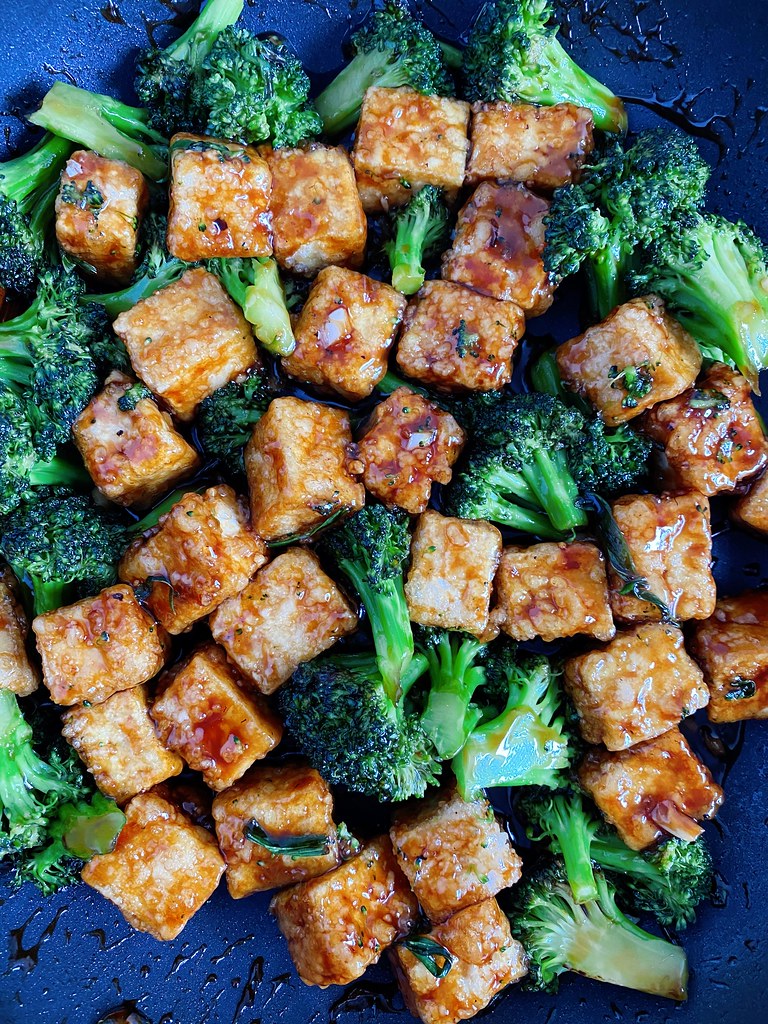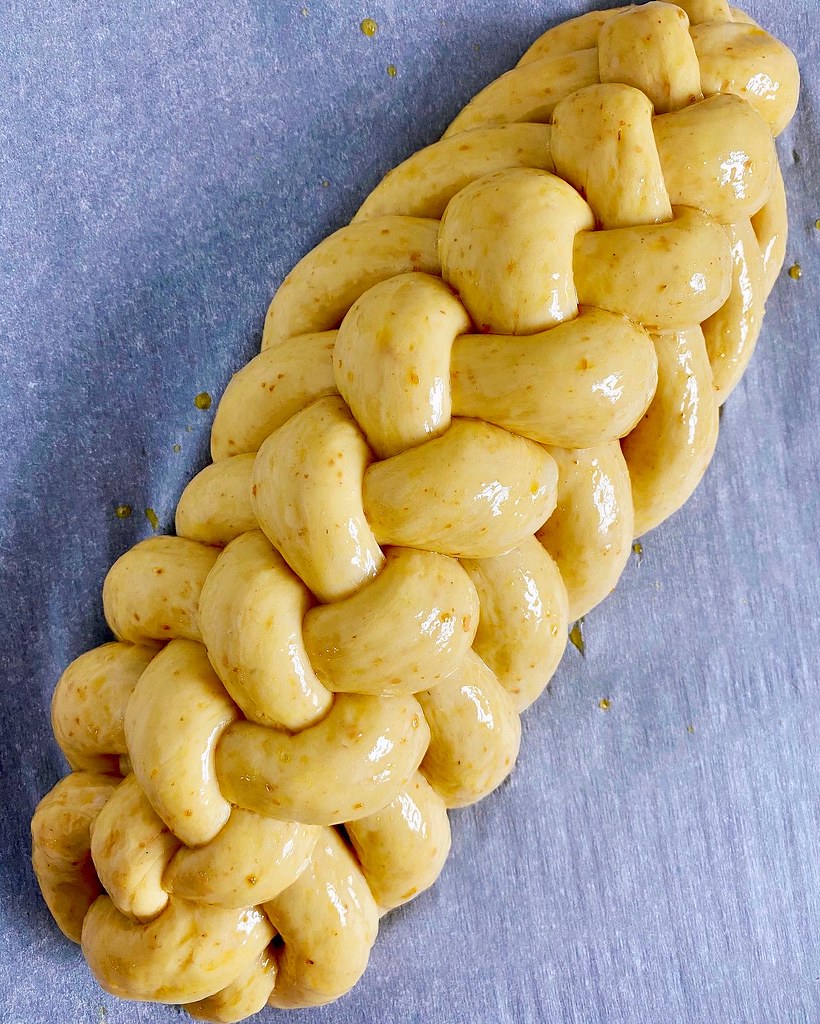I previously posted this recipe in an Instagram post, but since I make it so much, I figured it would be easier to find here for future reference. The sauce recipe is adapted from Lev Grossman's Best General Tso Tofu recipe on Food52, and the idea to use sweet potato starch as the coating for the tofu came from my friend Rebecca. If you don't have sweet potato starch, you can use regular potato starch or cornstarch or even just fry the tofu without any coating.
General Tso's Tofu
makes 2-3 servings
14-16 oz. firm or extra-firm tofu
1 large head of broccoli
3 garlic cloves, minced and divided
Oil for frying
Kosher salt, to taste
Sweet potato flour for coating
3 tablespoons sugar
1 tablespoon cornstarch
3 tablespoons soy sauce
2 tablespoons Shaoxing wine
2 tablespoons rice vinegar
3 tablespoons chicken stock
Gochujang or sriracha, to taste
1 inch fresh ginger, thinly sliced
Handful of scallions, chopped into 1" sections
Steamed rice
Drain and cut tofu into cubes (no need to press!).
Heat oil in a large skillet and add 1
minced clove of garlic. Add broccoli florets, season with salt, and
stir fry until bright green. Add ~1/3 cup water, cover, and steam until broccoli
is tender. Remove from pan and wipe down the pan.
Cover bottom
of skillet with 1/4" oil and heat over medium. Toss tofu cubes in sweet potato flour and
fry in batches until all sides are golden brown. Remove to a paper
towel-lined plate. While tofu is frying, stir together the sugar, cornstarch, soy sauce, Shaoxing wine, rice vinegar, chicken stock, and gochujang to taste.
Stir fry the remaining 2 minced
cloves of garlic, ginger slices, and scallions in remaining oil. Add the sauce
and cook until thickened. Add the fried tofu and broccoli back in and
stir to coat. Serve with steamed rice.
Next: No Knead Sourdough Focaccia
Previously: My Sourdough Challah














